05 Yummy Dishes of Kazakhstan
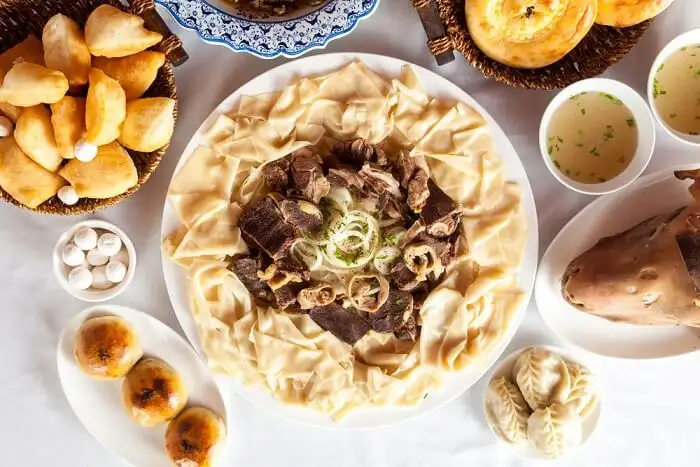
File Photo
Kazakh national food reflects the traditional nomadic lifestyle and if anyone is planning to visit Kazakhstan, be prepared to see a wide range of meat dishes. It can be explained by the fact that the local climate is challenging and the food has to provide a lot of energy. Following are the five lovely and yummy dishes of Kazakhstan:
1. Beshbarmak
The name Beshbarmak is a combination of just two words, Besh and Barmak which translate as “five” and “fingers,” respectively. It is one of the best and yummy dishes of Kazakhstan. Combined, it describes the traditional way in which the meal is eaten: with the hands. This and the simplicity of Beshbarmak both speak to the long history of mobile pastoralism practiced throughout the region, lives spent on the move between seasonal grazing grounds, and the people’s dependence upon their animals for sustenance.
Kazakh, Kyrgyz, and most other major languages of Central Asia are Turkic in origin. The dish is thus known by similar names across the cultures that traditionally eat the dish. In Uzbek and Kyrgyz, the number five is “беш” and the dish is thus called Beshbarmak. In the Bashkir and Tatar languages, one would eat Bishbarmak.
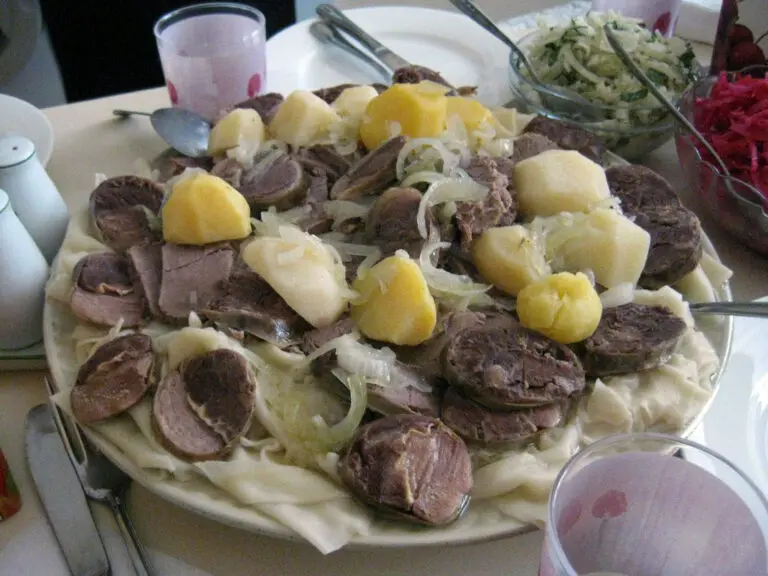
While Beshbarmak is a delicious meal to eat anytime, most people will tell you that it is difficult to prepare in small portions. Beshbarmak is typically cooked for large gatherings and served family style on platters placed in the center of the table. As a staple of their culture, Central Asians are quite hospitable people and take great pride in their history and traditions. It is not uncommon for guests to be served first with the best cuts of meat though in their absence, this honor is reserved for the eldest in attendance. If you are lucky enough to partake in meal of beshbarmak and find yourself squeamish about using your hands to eat, fret not, utensils are a perfectly acceptable alternative though at least an attempt to eat with your five fingers will surely elicit a great deal of respect from those at the table.
For those who find themselves in Kazakhstan without a local chef, Beshbarmak can be ordered at restaurants specializing in traditional cuisine.
2. Kuyrdak
Kuyrdak was the first Kazakh food intended for long-term storage. It is also one of national dishes of Kazakhstan. Its name comes from the word kuyru, which means “to fry”. Usually comprised of small chunks of roasted lamb and onion, it is one of the quicker Kazakh meat dishes to prepare and so is often served to guests before the main course of besbarmak.
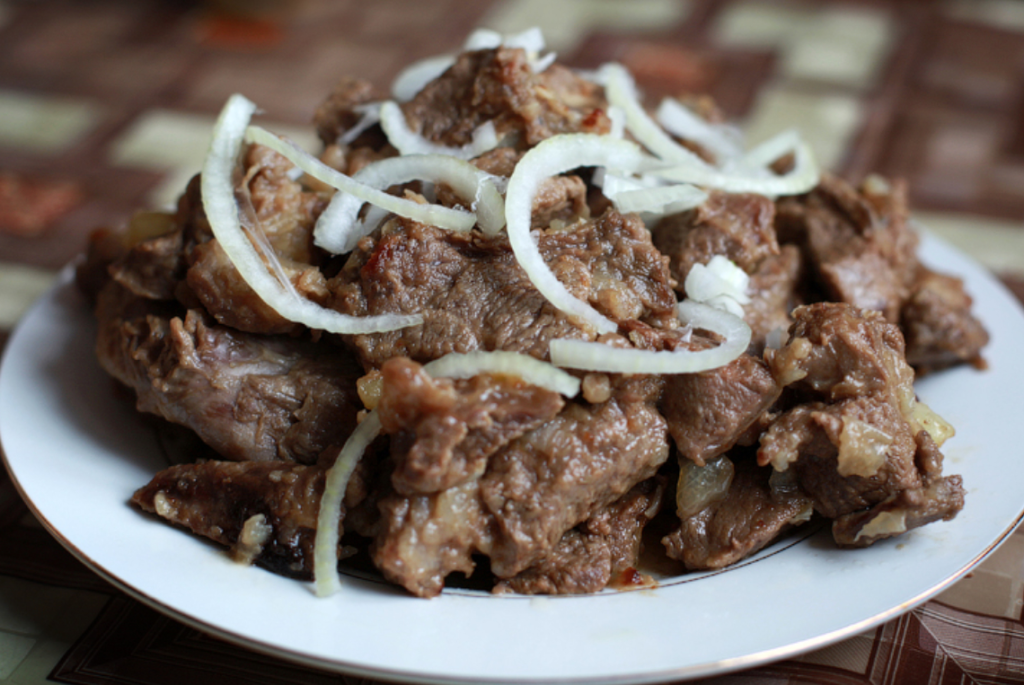
In lieu of meat the animal’s liver, kidneys and lungs were traditionally used, but in modern Kazakh cuisine meat has become an increasingly common alternative. Today kuyrdak can even be made from beef, in which case potatoes, carrots and onions are usually added too.
Real kuyrdak is actually canned: The meat is fried in a large amount of liquid fat and then placed in a jar, covered with the fat and sealed. When stored as such in an airtight container kuyrdak can last for a long time, and shepherds are known to take it with them when they leave home to pasture their flock.
3. Syrne
Syrne or sirne is a Kazakh meat dish consisting of a whole roast lamb with onions and potatoes. It was created at a time when there were no refrigerators and all of the meat of an animal had to be cooked at once so that it would not spoil. Since this produced a large amount of food, the neighbors would also be treated to a meal.
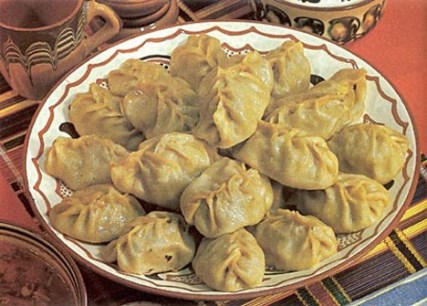
To make syrne, the meat should roast for 5-6 hours until it becomes very tender. Onions and potatoes are traditionally served with the lamb, although modern variations often include a wider variety of vegetables.
4. Kespe
A list of top dishes of Kazakhstan must include at least one soup, for broth-based meals are very popular in the country. Among local soups, kespe tops the list! Beef, lamb or horse meat is normally used for this soup, although in select regions camel meat is preferred. Meat still on the bone must be used, for the rich broth is derived from boiling the bone.
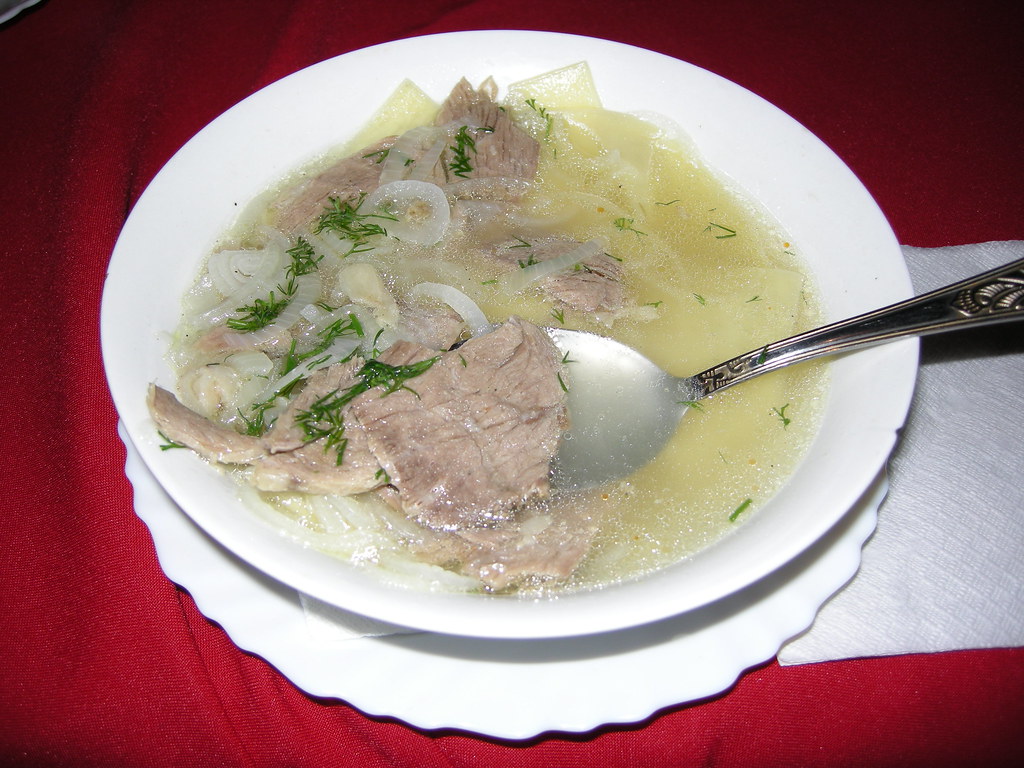
Before serving kespe, carrots, greens and homemade egg noodles are added to the broth, and the result is a warm and delicious meal.
5. Irimshik
Irimshik is a curd that tastes slightly sweet yet contains no added sugar. It takes patience to cook irimshik: The milk must be brought to a boil over low heat, and after cooling slightly a sourdough is mixed in and left to sit for a couple of hours.

The milk is then boiled over low heat a second time. Once it has curdled, the whey is separated and the curd is placed in a bag to let the excess liquid drain.
Irimshik may be either white (ak) or red (kyzyl). The latter is slightly dried in the sun, which increases its shelf life.


